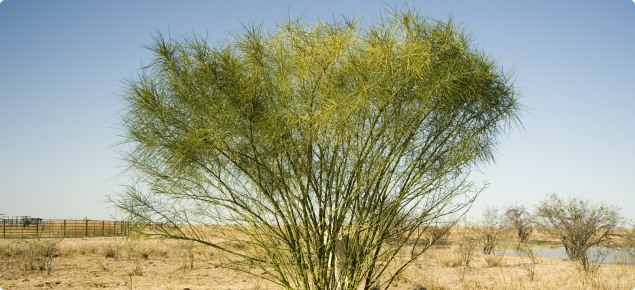Summary
This report identifies a number of biosecurity risk pathways entering Western Australia through the Kununurra checkpoint.
Each pathway is discussed and assessed for its risk potential.
The most extreme risk is the interstate movement of livestock. The transport of agricultural produce is considered to be a high risk.
Five moderate risks include movement via clothing, machinery and vehicles, construction materials, waste disposal and weed escapees from adjacent locations.
Natural spread by animals, wind and water and spread via the nursery and the grain and fodder seed industries are considered a low risk.
Recommendations
In consultation with identified stakeholders:
- A response plan should be drafted that considers each pathway with clearly developed recommendations showing the best way to deal with the highest risk pathways.
- The response plan should include a regular and targeted surveillance component at both the landscape and pathway level; and regulatory compliance and enforcement components.
- The response plan would assist in the development of a biosecurity policy for each pathway.

